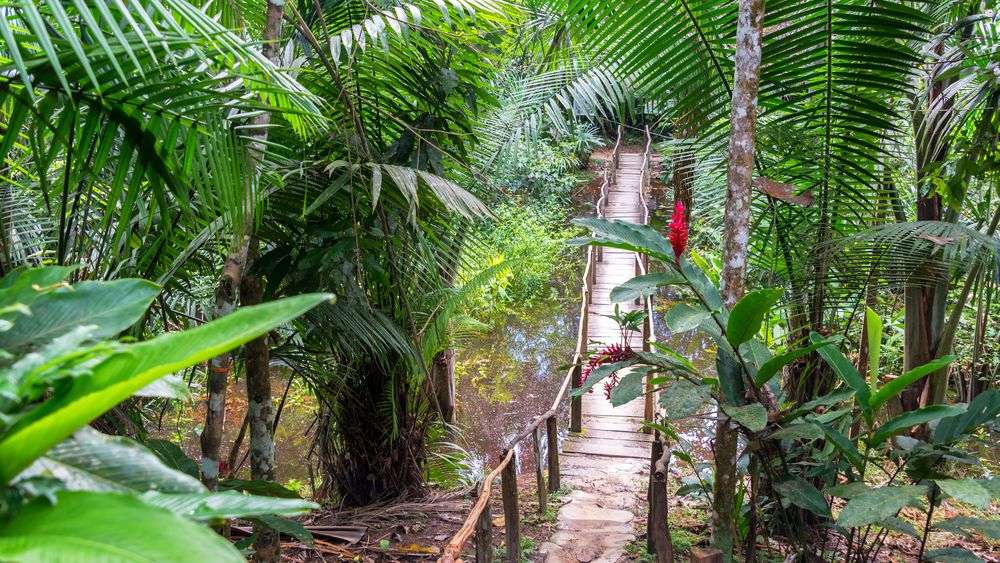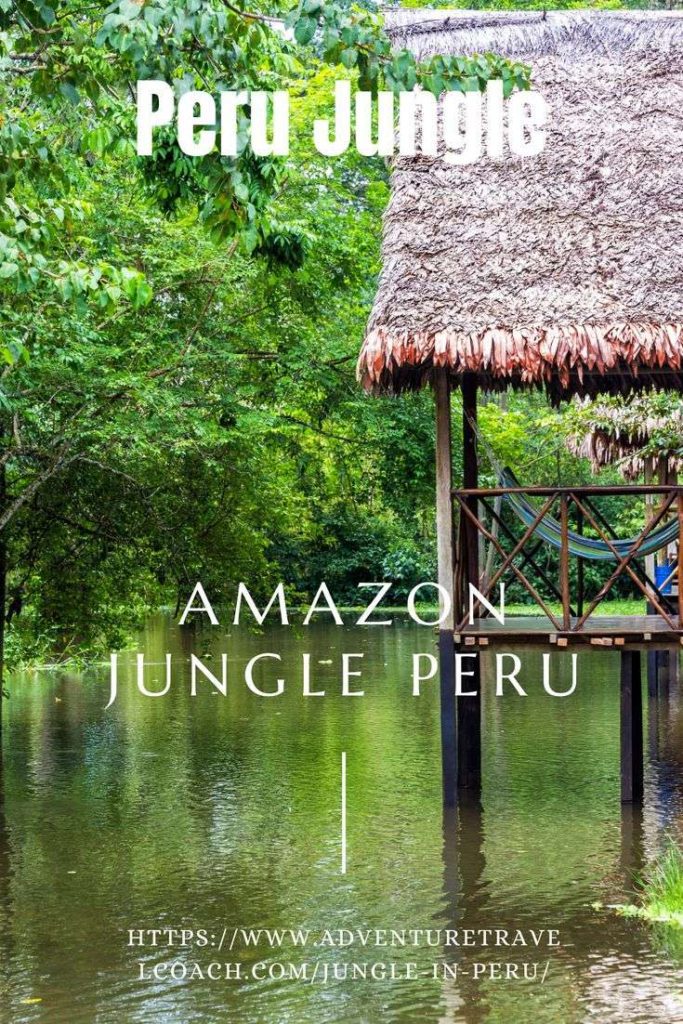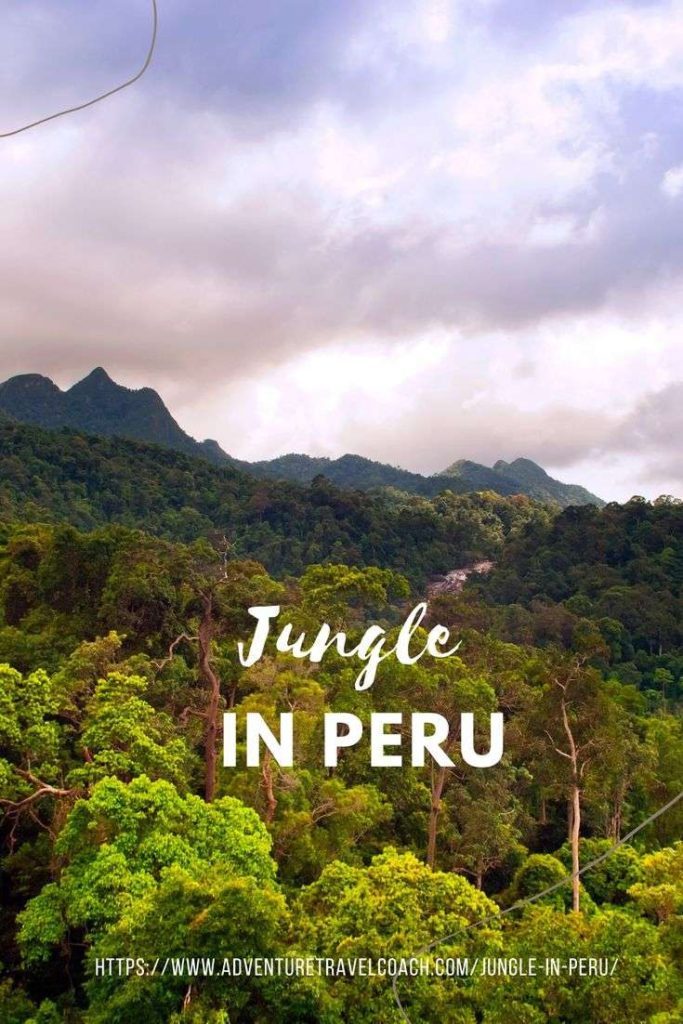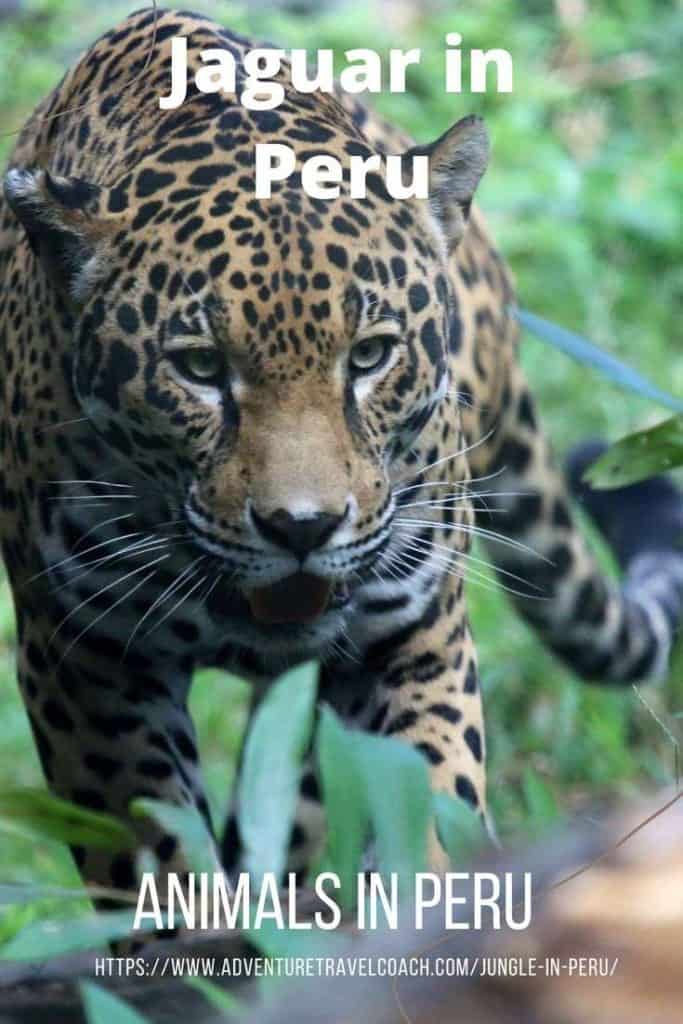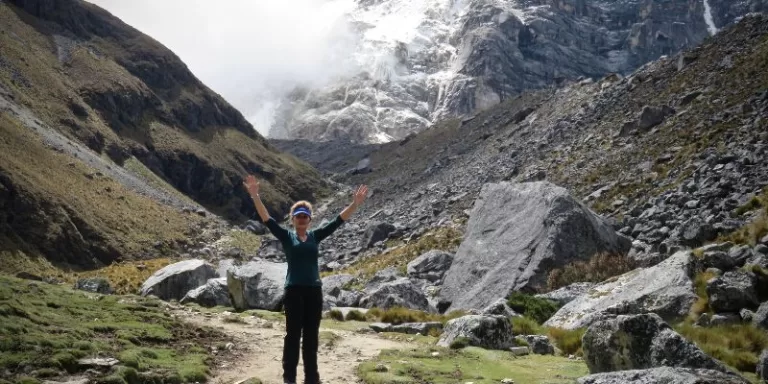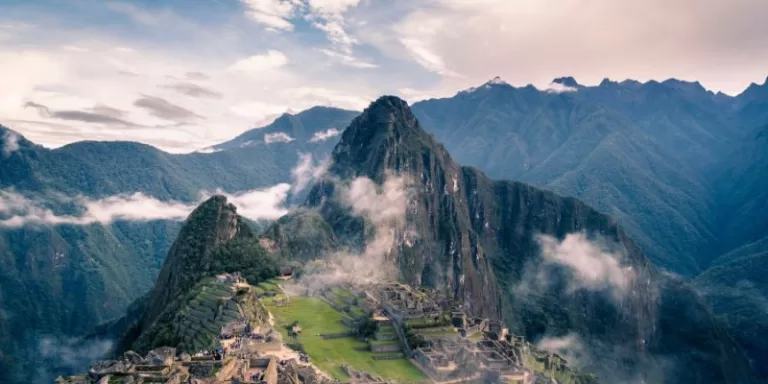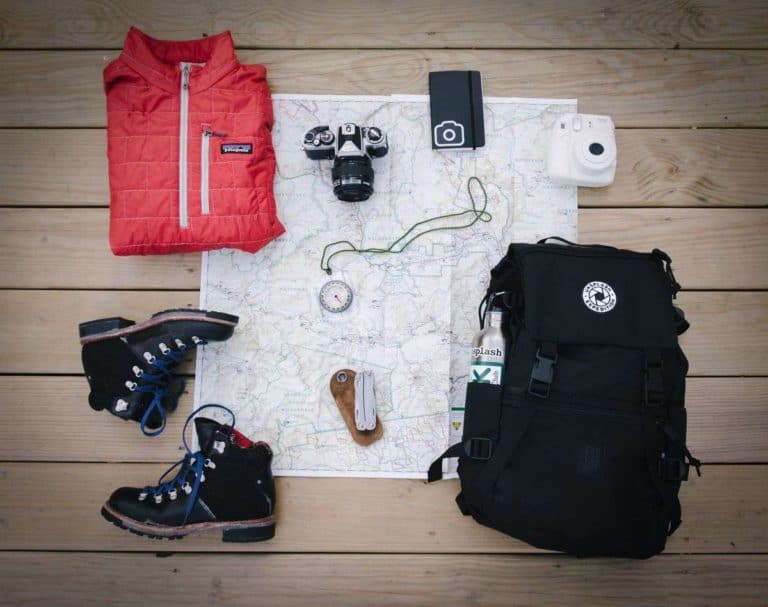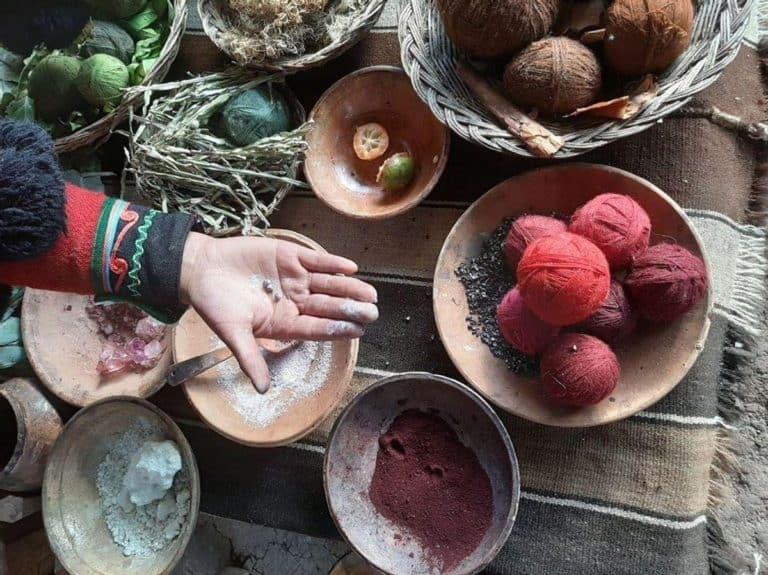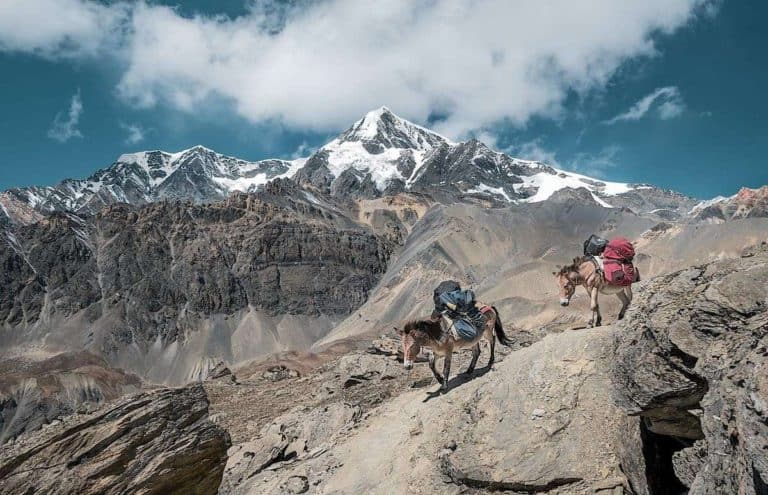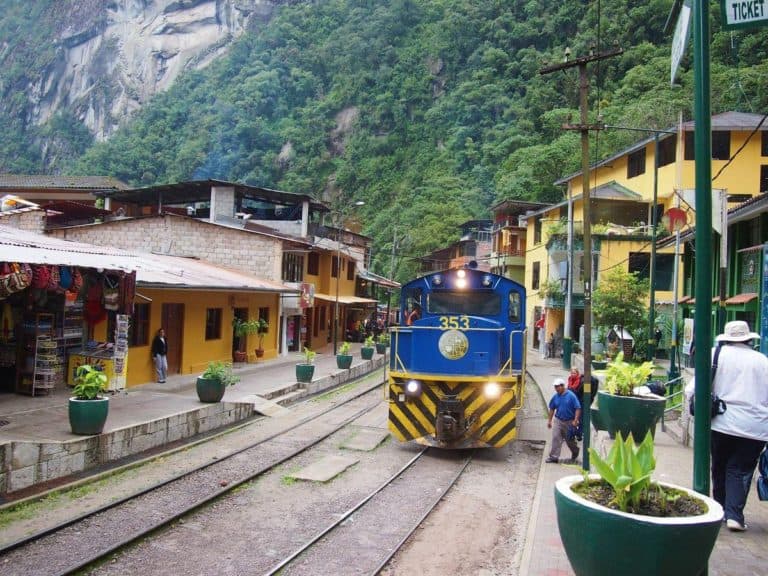Ultimate Guide to the Jungle in Peru
A trip to Peru is incomplete without a visit to the largest rainforest in the world. Home to more than 10 million animal species, insects and plant species on planet earth. Furthermore, over 1800 bird species you’re guaranteed an unforgettable time in a natural haven. Known as the Lungs of the Earth, the Amazon Rainforest produces 20% of the World’s oxygen. It was quite difficult to decide between Iquitos and Puerto Maldonado region as each region is unique in its own sense. After days and hours of research the most extensive Jungle in the World, we head to the Tambopata region where we encountered with fascinating jungle and wildlife species. I share our Jungle in Peru Itinerary, with our best tips on things to do and trust you find it helpfull.
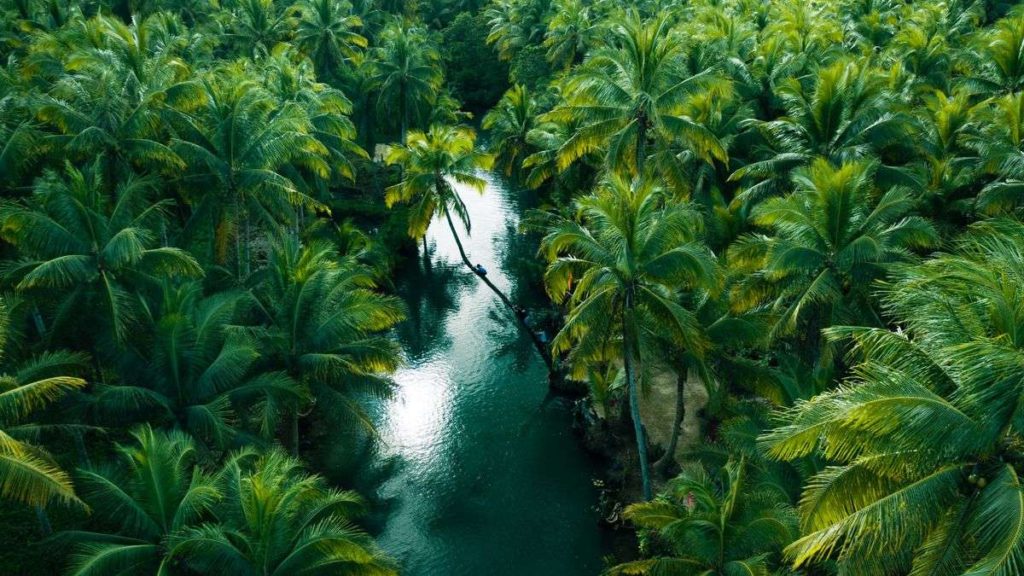
Where is the Jungle in Peru?
Two-thirds of the Peruvian Amazonia, or Peruvian Jungle is the area of the Amazon rainforest within the country of Peru, that lies from the east of the Andes and borders Ecuador, Colombia, Brazil and Bolivia. There are three Rainforests in Peru
Frequently asked Questions
Why is Peru a good place to visit, or Why visit the Amazon Jungle?
To explore Peru’s Rainforest with its trillions of indigenous animals- insects and plant species for yourself is truely enriching in every way.
Does the Amazon Rainforest go through Peru? Yes Peru has the second-largest portion of the Amazon rainforest with Brazil the largest portion of about 58.4%.
What River in Peru connects to the Amazon River? About halfway upstream from the city of Iquitos, the Amazon divides into the Marañón and the Ucayali Rivers
Rainforests in Peru: Here are the 3 Jungle in Peru regions and what they offer.
Tambopata Jungle Peru
Puerto Maldonado is the gateway to Peru’s Tambopata National Reserve Amazon Jungle. Moreover, the largest province in the Madre de Dios Peru region, Puerto Maldonado, is easily reached from Cusco. Furthermore, Madre de Dios Peru is less touristy than most other Peruvian Jungle parts. Here is The best of what to do in the Peruvian Amazon.
Where is Tambopata National Reserve?
Located in south-eastern Peru, Tambopata National Reserve lies only 50 km from the Bolivian border.
How to get to Puerto Maldonado in Peru
A person can drive, fly, take a bus and even cycle to Puerto Maldonado, Peru’s gateway to the Southern Amazon, Tambopata National Reserve, and Manu National Park. However, flying is your quickest and most popular option.
Travel By Plane: The best way to get to Tambopata is by Cusco Puerto Maldonado Flights. Padre Aldamiz International Airport serves Puerto Maldonado and the Madre de Dios region within 55 minutes from Cusco.
Affordable Cusco Puerto Maldonado flights are easy to book and highly recommended. Although Latam flights are popular, they are pricey, whereas flights with Peruvian Airlines from Cusco (PEM) to Madre de Dios Puerto Maldonado (CUZ) are relatively cheap.
Cusco Puerto Maldonado bus: The 477 km Bus-journey from Cusco to Puerto Maldonado takes about 10 hours. Be prepared for the less comfortable trip with only one 30-minute stop at Quince Mill.
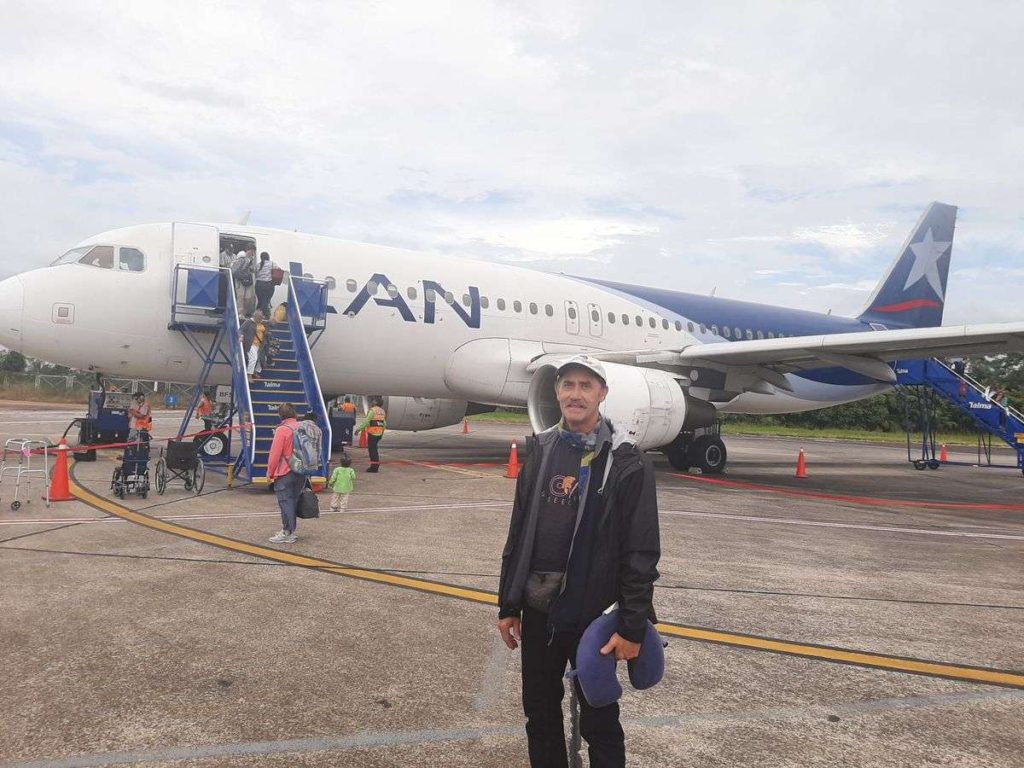
How to get around Puerto Maldonado
Taxi Puerto Maldonado
Most Lodges and hotels in Puerto Maldonado offer shuttle services or arrange transport from and to the airport. Motorcycle-driving taxis are your cheapest option to travel around Puerto Maldonado; however, consider the size and weight of your luggage.
We arrived at the airport without arranging any transport to our Lodge. Manny, with his three-wheel-taxi, was delighted when he stopped and agreed to take us to our Lodge at Tambopata, Madre de Dios region.
After leaving the airport, we had to stop to put our big red bag on the roof rack as Manny couldn’t hold on to it while driving. Taxis in the Puerto Maldonado region are more expensive and not as widely available as in Cusco.
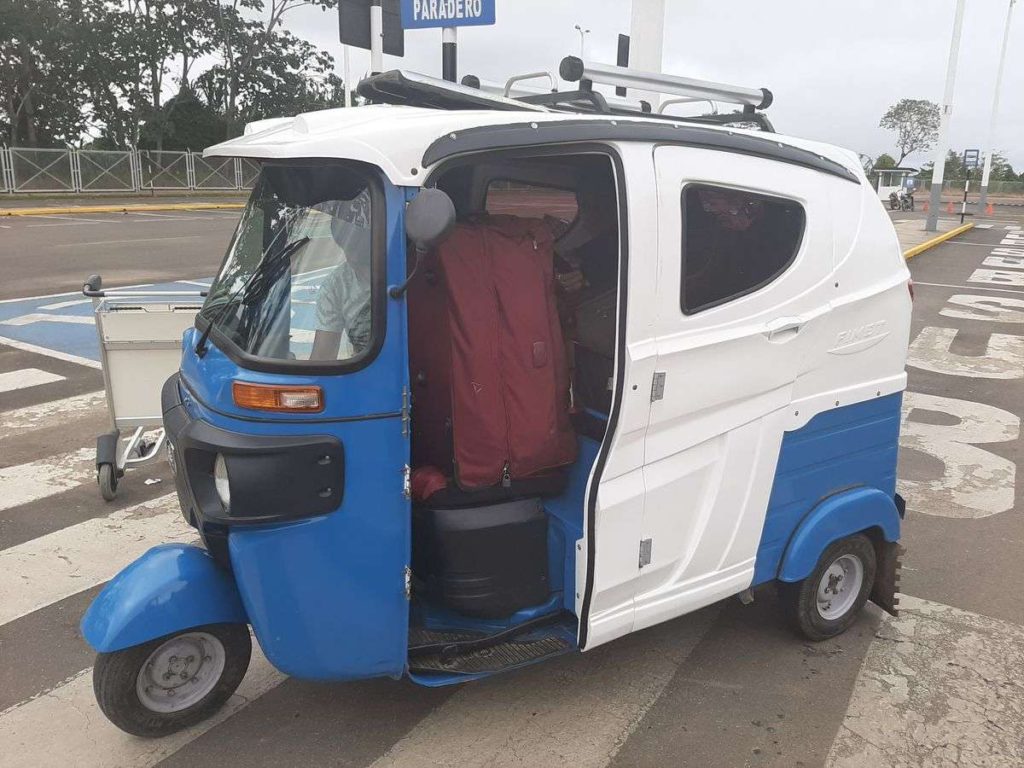
Tambopata Rainforest Tours
There are many reasons to visit the Tambopata, Madre de Dios Peru region of the Jungle in Peru. Here are the best Tambopata tours and most popular Peru Jungle attractions.
Visit the Amazon Rainforest Macaw Clay Lick
One of the most exciting Riverboat Amazon Rainforest Tours and attractions is visiting the giant Macaw and Parrot spectacle on the upper Tambopata River close to the Tambopata research centre.
The famous Macaw Clay lick Tambopata is where up to 15 Parrots and macaws gather daily to indulge in the detoxifying Clay. Tours to the Pinkish Amazon rainforest Macaw Clay lick is one of the main attractions.
Be sure to leave long before sunrise to arrive early enough to ensure you get a good spot close to the Lick. While enjoying our breakfast, we watched the green parrots and colourful Macstartedho start coming to have a feast.
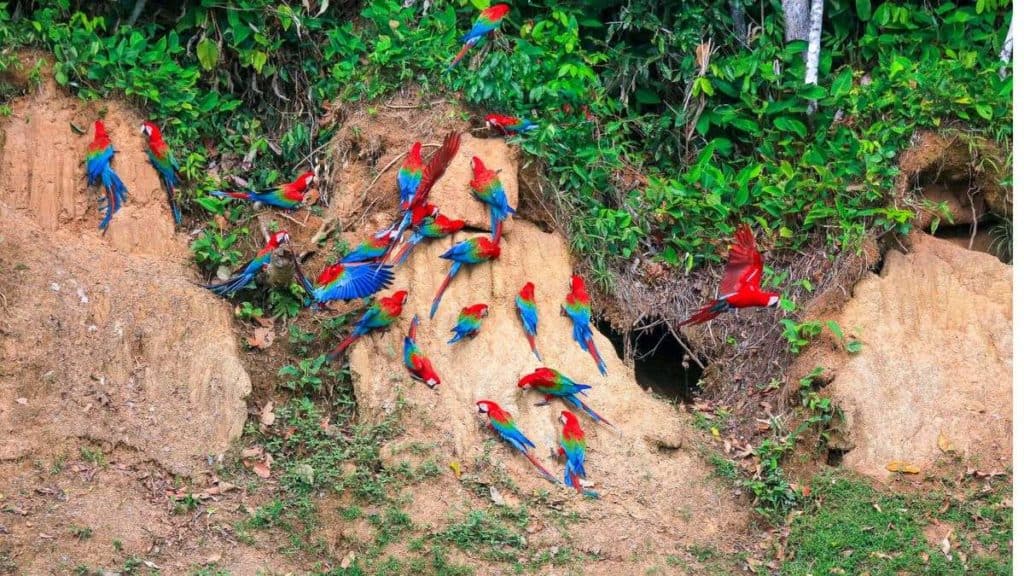
Take Pleasure in the Largest living rodent on Earth
Have encounters with cute giant-like rats. Capybara is the World’s largest living rodent and one of the most seen Jungle animals alongside the river banks in the Jungle of Peru. These Social rodents inhabit dense forests and savannahs in South America.
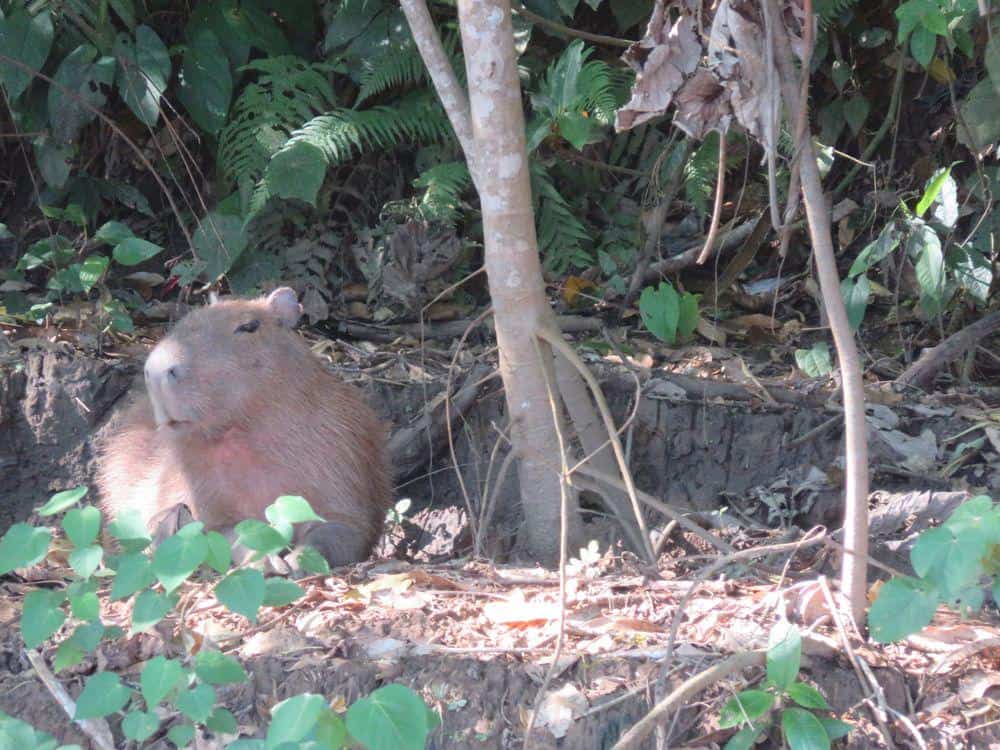
Admire the slowest animal on earth
Sloths are known as the World’s slowest animals. The Sloth Bear is among the rarest and endangered species in South America’s tropical rainforests. Three-toed Sloths are moving leisurely at only 1.8 to 2.4 m per minute through the trees in the Amazon of Peru.
With a name synonymous with passivity, the truth is that sloths move so slowly for survival. What is most fascinating is that these cute Sloths are arboreal animals—their matted hair hosts green algae and a community of parasites that camouflage them from predators.

Jaguars in Peru
Otorongo, as they’re called in Peru, are mainly seen on the Madre de Dios riverbanks in Peru. These predators derive their name from the Tupi-guarani language. Jaguars are excellent swimmers, love water and like to sunbake. Otorongos, or Jaguars in Peru, are mainly seen on Peru Madre de Dios Riverbanks. Alan Luinga, our guide, took this beautiful photo of a Jaguar in the Jungle in Peru.
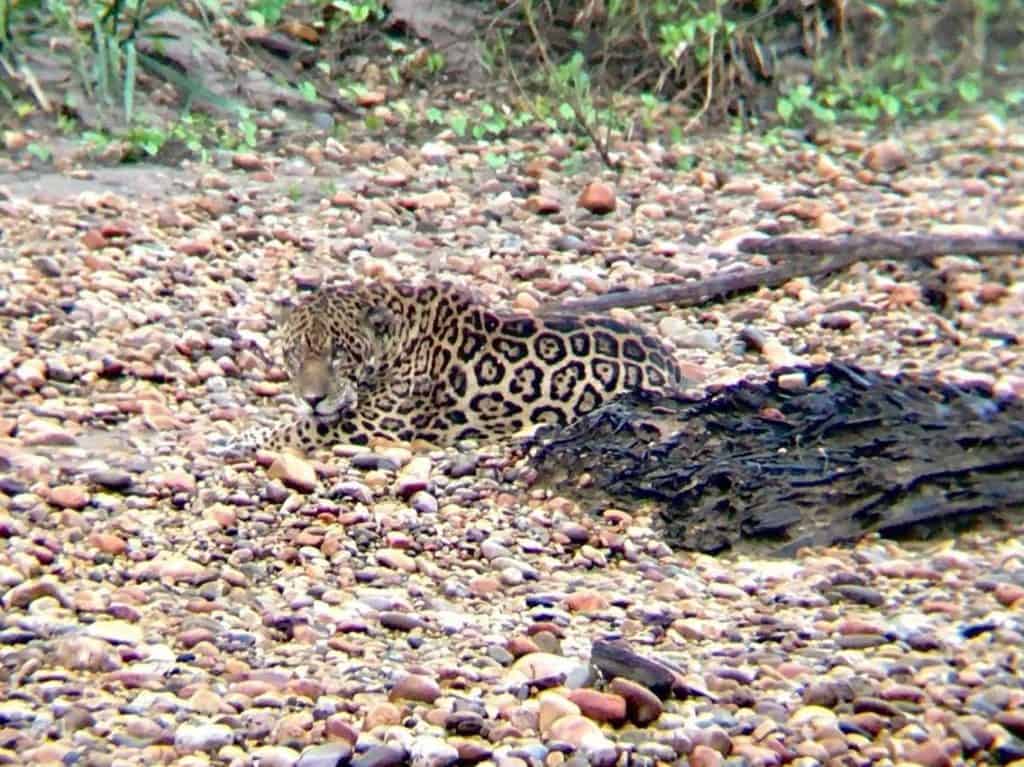
Rainforests Snakes
The World’s tropical rainforests are home to numerous snakes. There are more types of snakes in the World’s tropical Rainforest than in any other biome (aWorld’sropical rainforests provide the perfect habitat for snakes to survive and flourish; these regions are warm, wet, and shady, with plenty of prey for snakes.
Guided Jungle Tours
To explore the Jungle in Peru on Day walks, searching for Jungle animals, either on your own or on a guided tour, is very rewarding. Discover a variety of rainforest animal species. In the Amazon rainforest, animals are splendid; most believe they are undiscovered. Aside from Agouti, the common mammal Amazon rainforest, we also spot a wild dog during our Jungle expeditions.
Along with squirrels, peccaries, and multiple monkey species, we observe beautiful butterflies. Apart from the different birdlife species and beautiful flowers, the Amazon rainforest, with its plants and trees, will blow your mind away.
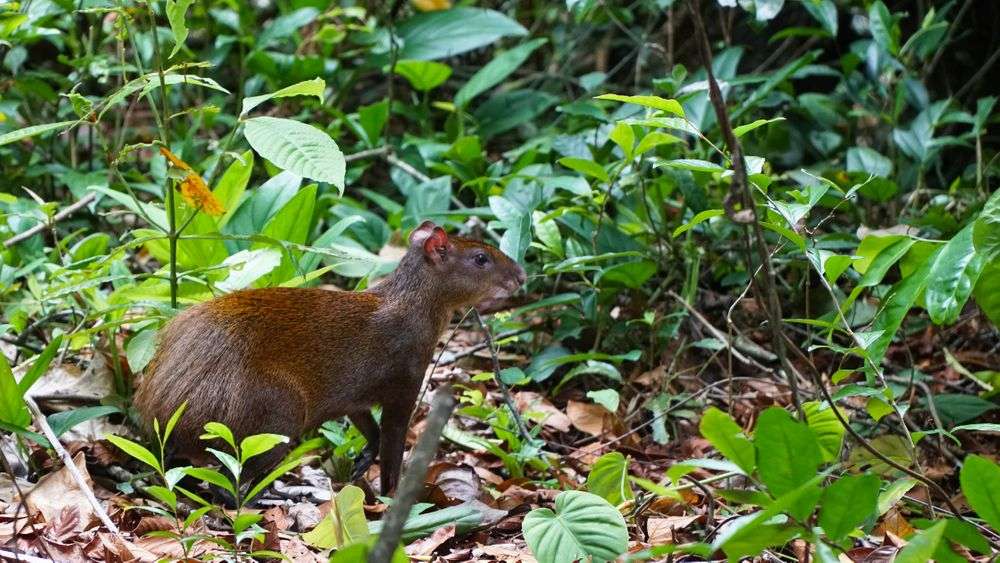
Jungle Expedition at Night
I recommend Night Jungle walks in search of the Nocturnal Amazon rainforest animals. From Bearded Pigs, Night owls, Night monkeys, owl Monkeys, Andean bears, the Maned Wolf bush dog, and the beautiful Ocelot dwarf leopard. Ocelots are active at night and are great swimmers spotted on rainy and cloudy days. These dwarf leopard Andean bears are good swimmers but shy, solitary creatures who like to hide in hollow trees. Check the following list of nocturnal animals in the Rainforest.
Tambopata National Reserve Sandoval Lake
Close to Puerto Maldonado in the Amazon basin lies Sandoval Lake. At Lake Sandoval, we’ve seen various Jungle animals, such as squirrels, parrots, and many other beautiful bird species.
Furthermore, you might also be lucky and spot the famous Sandoval giant otters, highlighting our trip to Sandoval Lake Lodge.
- Experience Black Caiman in Lake Sandoval and along the savanna of the Amazon basin.
- Admire the fantastic Birdlife.
- Watch Butterflies drinking tears of Turtles for their rich minerals at Sandoval Lake.
Why do butterflies drink the tears of Turtles?
Butterflies in the Amazon basin flock around the turtles to drink their tears, which are rich in minerals and sodium.
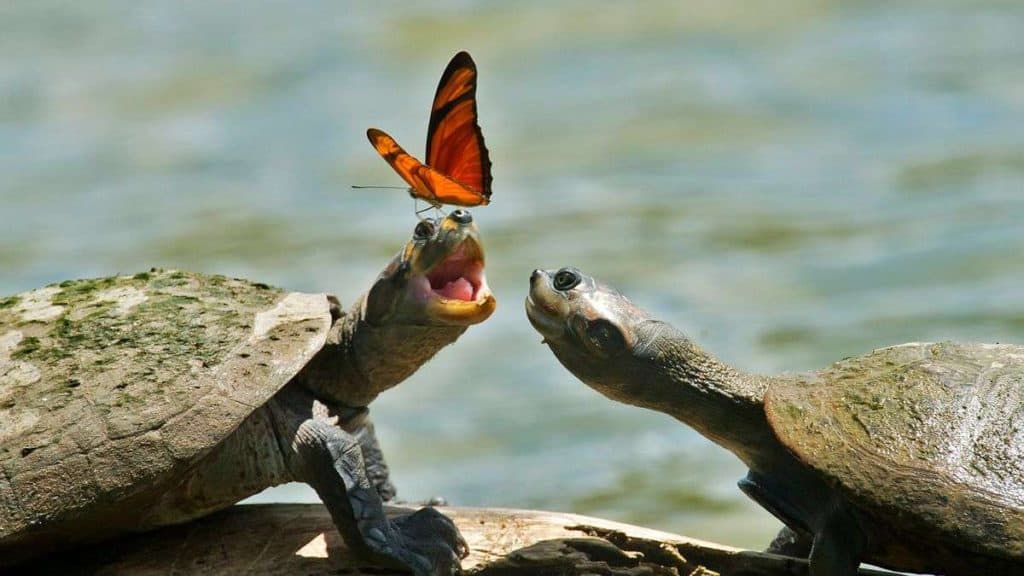
The Sandoval Giant Otters
One of our best experiences at Sandoval Lake was watching the Giant River Otter family. They are so cute, but unfortunately, it is impossible to follow them as they swim too fast. These Giant River Otters are exclusively active during the daytime. Want to know more about the cutest Amazon river Otter mammals? You can read more on diurnal Giant Otters here.
Seeing and hearing the small Otter pups begging mom and dad impatiently for fish with their sharp squeaking voices was unique and adorable. We overnighted at the famous Sandoval Lake Lodge. However, famous and pricey, don’t expect to get 5-star food for the 5-star rate they charge.

Tambopata National Reserve
Where to stay at Lodges en Tambopata
Booking.comTambopata Research Centre
The only Lodge inside the National Reserve of Tambopata is 3.5 hours from Puerto Maldonado. Besides guided activities, all meals and transport from the airport are included. Check prices for accommodation at Tambopata Research Centre Lodge.
Puero Maldonada Lodges
The eco-friendly charming Refugio Amazonas Lodge is only 2 hours from Puerto Maldonado city (one hour by boat and 2 hours by bus). The Lodge has a restaurant and offers several Guided tours and activities. For reviews, prices, and bookings, go to Accommodation at Refugio Amazonas Lodge.
We booked two nights at Passiflora Lodge outside Puerto Maldonado from the few Puerto Maldonado lodges. You can read all about our three-week Peru Itinerary.
Chuncho Lodge, located deep in the Peruvian Jungle, is in the Tambopata National Reserve and is only reachable by riverboat. We spend three days at Chuncho Lodge. Here are a few experiences durinJungletime in TimeJungle:
- Besides featuring a canopy tower overlooking the Jungle, we went on a jungle expedition and a night walk.
- Early morning River boat trip to the Timetacular Rainforest Macaws Clay Lick.
One of the highly-rateJunglees in the Amazon rainforest is the Puerto Maldonado Inkaterra Reserva Amazonica overlooking the Madre de Dios Peru rainforest. At Puerto Maldonado, one can explore the Jungle from a spectacular 100 ft Canopy Walkway.
Iquitos Jungle in Peru
Iquitos is the largest globally, only accessible by riverboat or Plane and only accessible from the city of Lima or Cusco, Peru.
Where are Iquitos & How to get to Iquitos?
Amazing Iquitos rainforest is located in north-eastern Peru, South America. The best way to get from Lima to Iquitos is by Plane. With a distance of 1 013 km between Lima and Iquitos, you’ll reach your destination in about 55 minutes.
Things to do in Iquitos
Experience the wonders of the Amazon rainforest and wildlife in Iquitos. Besides the abundance of Amazon Rainforest animals, interact with the Indigenous groups, experience their culture, and learn about their traditions. Moreover, explore the markets.
Pacaya Samiria National Reserve
Explore the 20 000 km squarely flooded tropical forest Pacaya Samiria National Park covered to experience Pink Dolphins, incredible sunsets, Iquitos Wildlife, and fantastic flora. These rare Pink river dolphins, Both or Bouto, are commonly found in freshwater throughout South America’s Amazon rivers and Orinoco river basins.
Piranha Fishing
Fishing in the Amazon Jungle in Peru is unlike any other fishing in the World. Check out the popular Iquitos tours below.
Iquitos Jungle Tours
The Worldmazon Monkeys
The Amazon rainforest Monkeys play a vital role in the forest ecosystem if you find monkeys interesting. Nine of the 15 recognized species live in the Amazon rainforest. Moreover, the smallest Monkeys in Amazon are the Pygmy Marmoset, the smallest monkey in the World.
Then you hear the adorable load of howler monkeys from miles away. But, of course, the most exciting monkeys in the Jungle are the Spider Monkeys. Squirrel Monkeys, Titi Monkeys, Tamarin Monkeys, and the extraordinary Bald Uakari and Worldy Monkeys are other monkeys.

Manu National Park
The Manu National Park in the Madre de Dios region in the Jungle of Peru has protected its diverse ecosystems, Andean grasslands, and the Manu cloud forest since 1968.
Where is Manu in Peru
One of the most fascinating adventure trips in the World runs through the Andes Mountains, Madre de Dios region, in southern Peru. Cusco is the gateway to all trips leading to Manu Wildlife Center.
How to get to Manu Rainforest in Peru
The journey from Cusco to Mano by road is spectacular, and the day-long journey leads you through astonishing mountain ranges and cloud forests. To save time, we took a short, inexpensive flight. By Plane, from Cusco to Lima, is a 45-minute flight whereafter, it is about an 8-hour journey, first by road and then by riverboat.
To experience the Giant Otters, Tapir and Macaw clay clicks, be prepared for a day’s riverboat ride along the Madre de Dios. Consider the Logistics involved in planning a Peruvian Amazon journey when looking at the Manu tour prices.
Where to Stay in Manu
Although many Lodges are available to tourists in the Manu Biosphere, not all are accessible and open to tourists. Known as Zone B, the areas open to tourists run along the western and eastern edges, including the Madre de Dios River. Only sure scientists can access the restricted areas known as Zone A. World-renowned Manu Wildlife Center Lodge, located in the southern Peruvian Rainforest, offers incredible Wildlife tours and is highly rated Manu Lodge.
Best things to do in Manú National Park
Endangered Rainforest Animals
The Manu Jungle offers the Amazon’s best Tapir Clay Lick, where you can watch these social Jungle animals weighing up to 600 pounds feasting on Clay. Tapirs are one of the endangered animals in the Amazon Rainforest. With its round donkey-like build, the South American Tapir has short legs, anteater snouts, a stumpy tail, and hippo-like ears.
Their four toes on each front foot are a real hodge-podge and are related to Rhinos, herbivores, and native to South America. The indigenous Tapirs’ name is Brazilian, meaning thick, referring to the Jungle animal’s hide. Tapir calves are cute and look like speckled watermelons that act as camouflage to protect them in the shady forest.
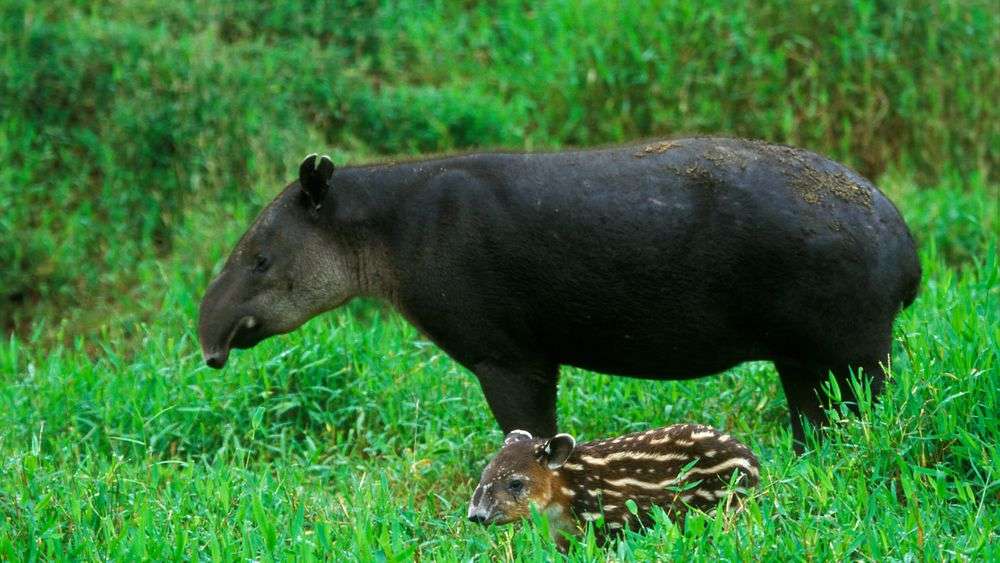
- Experience one of the unique adventures in the Amazon Jungle surrounded by exciting creJungle in a great Rainforest.
- View the Jungle from the 40m superior Amazon Rainforest Canopy.
- Admire the famous Andean Cock-of-the-rocks bird, the National bird of Peru. The Cock of the rock bird is found in tropical and sub-tropical forests native to South America. These brightly orange-coloured Cock of the Rock males are unique with their prominent fan-shapJunglests.
- Visit the Macaw Clay Lick, explore the Jungle, and look out for Capuchin monkeys, hummingbirds, spectacle bears, and various reptiles and insects.
- Search for the Giant River Otters on the riverbanks of Pristine lakes.
Recommended Manu Tours
Best time to Visit the Jungle in Peru
The World’s tropical rainforests are home to more types of snakes than in any other biome (area). With plenty of prey and its wet, humid climate, the tropical Rainforest provides the perfect habitat for snakes to survive and flourish.
Jaguars in Peru
The best time for spotting Jaguars in the Manu Biosphere ReserTimes is during the Jaguar Season is from May to July. For more Jaguar experiences in Peru, see amazon wildlife Peru.
To check the most popular Time to Trek in Peru or the best Trails and our 3-week Itinerary, check out our 21 days in Peru post. The best time for spotting Jaguars in the Manu Biosphere Reserve from May to July is during the Jaguar Season.
- What is Altitude Sickness?
- Which airline to choose?
- How to travel Timend Peru?
- Machu Picchu Hiking tours?
- What vaccines are required before visiting Peru?
- How long for Machu Picchu Holiday
- All about Peruvian food?
Peru Travel Insurance
One of the first steps when planning holidays in Peru is to take out Travel Insurance. You can now obtain a free Quotation for the best Travel Insurance Peru on the banner below.
Share on Pinterest
Insects and Animals in the Jungle in Peru
Spiders of the Amazon
Besides animals in the Jungle, you’ll be amazed by watching the insects in the Amazon Rainforest. The largest Tarantula species lives in the Peruvian Amazon in the tropical and subtropical areas and the desert regions. Approximately 3 600 different species of spiders inhabit the Amazon basin.

